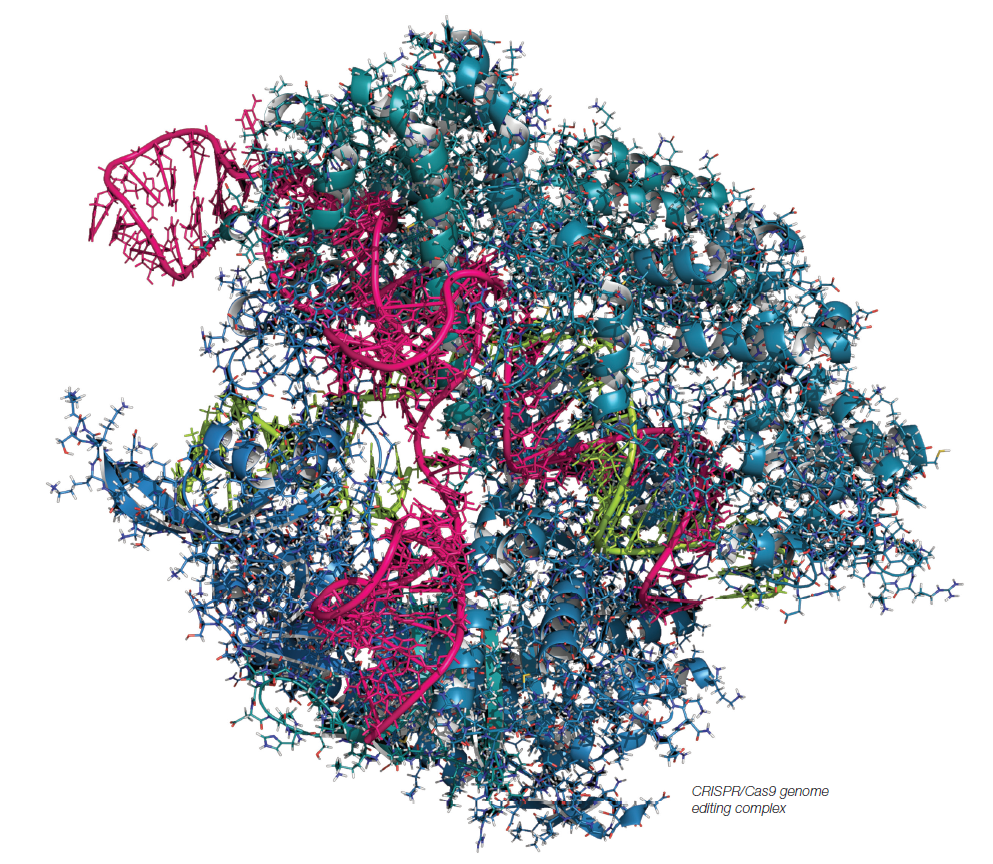Autotaxin (ATX) is a secreted lysophospholipase D involved in the release of the lipid mediator LPA. Many research tools have been developed to study ATX-LPA signaling. In this post, I invite you to discover a few of them aimed at vizualizing, quantifying or inhibiting the “ATX-LPA” related pathway.
Autotaxin (ATX a.k.a. Ecto-Nucleotide Pyrophosphatase/Phosphodiesterase-2 or E-NPP 2) is a secreted lysophospholipase D (lysoPLD) hydrolyzing extracellular lysophospholipids into the lipid mediator lysophosphatidic acid (LPA), a ligand for specific GPCRs. Upregulated ATX levels and LysoPLD activities are biomarkers for cancers. ATX is has also been implicated in a number of diseases like obesity, arthritis, multiple sclerosis, Alzheimer’s disease and neuropathic pain. Therefore, many research tools are commercially a vailable for studying ATX-LPA interactions.
vailable for studying ATX-LPA interactions.
Quantify ATX activity in vitro
The Autotaxin Activity Assay gives a quantitative measurement of ATX activity in biological samples. This Activity Assay (Echelon Biosciences) uses the ATXsubstrate FS-3 that fluoresces upon cleavage. The assay is performed is a 96-well plate and will quantify the autotaxin activity in your samples by measuring changes in fluorescence over time.
The Autotaxin Enzyme is a secreted human β isoform (teratocarcinoma derived) autotaxin with C-terminal 6-His tag was expressed in Sf9 cells and purified using nickel-NTA chromatography.
Measure LPA in immuno-assays
Abnova‘s LPA (Human) ELISA Kit is a sandwich enzyme immunoassay for the quantitative measurement of human LPA in plasma, serum, urine, milk, and cell culture samples in less than 4 hours. This assay employs a quantitative sandwich enzyme immunoassay using a polyclonal antibody specific for human LPA pre-coated onto a 96-well microplate with removable strips.
LPA in standards and samples is sandwiched by the immobilized antibody and biotinylated polyclonal antibody specific for LPA, which is recognized by a streptavidin-peroxidase conjugate. All unbound material is then washed away and a peroxidase enzyme substrate is added. The colour development is stopped and the intensity of the colour is measured.
Interestingly, highly qualified research antibodies specific for ATX or LPA are available to further complement these assays.


Vizualize ATX with bioimaging
ATX-Red AR-2 is an in vivo imaging probe for visualizing and measuring ATX activity. It is an analog of the autotaxin substrate lysophosphatidylcholine (LPC) and contains a near-infrared fluor (Licor IRDye®800CW) and quencher (Licor IRDye® QC-1).
Follow ATX inhibition and block ATX with bioactive inhibitors
This Autotaxin Inhibitor Assay uses purified autotaxin (and the autotaxin substrate FS-3, which fluoresces upon cleavage. The assay is performed in a 96 well plate and quantifies the autotaxin activity in the presence of the user’s samples by measuring changes in fluorescence over time. Percent autotaxin inhibition is determined by referencing no inhibitor controls.
HA130 (CAS №: 1229652-21-4) is a boronic acid based inhibitor of the lysoPLD activity of ATX. HA130 is a potent (IC50 = 28 nM), reversible inhibitor which interacts with the oxygen in active site residue T210. H A130 is selective against ATX and does not show any activity against NPP1, alkaline phosphatase, phosphodiesterase, at concentrations up to 10 microM. In addition, proteosomal chymotryptic, caspase, and typtic activities were not affected. It also showed minimal toxicity against A2058, HEK293T, and HepG2 cell lines (TD50 = 105, 83, & 2056 µM respectively).
A130 is selective against ATX and does not show any activity against NPP1, alkaline phosphatase, phosphodiesterase, at concentrations up to 10 microM. In addition, proteosomal chymotryptic, caspase, and typtic activities were not affected. It also showed minimal toxicity against A2058, HEK293T, and HepG2 cell lines (TD50 = 105, 83, & 2056 µM respectively).
PF-8380 (CAS № 1144035-53-9) is a potent ATX inhibitor (IC50 2.8 nM/101 nM purified enzyme/whole blood). It has been shown that PF-8380 effectively inhibits ATX in vivo reducing LPA levels in serum and at the site of inflammation in a rat arthritis model.
You might also consider the Lysophosphatidic acid (Oleyl form; CAS № 22556-62-3) which is an endogenous LPA receptor agonist. This bioactive compound is a multifunctional intercellular bioactive phospholipid which stimulates the growth of a variety of cells including fibroblasts, vascular smooth muscle cells, endothelial cells and keratinocytes among others. It acts as a proliferative and anti-apoptotic factor and is an agonist at LPA1 (EDG-2), LPA2 (EDG-4) and LPA3 (EDG-7) receptors.
Monitor GPCR signaling with fluorescent biosensors in cell-based assays and live cell imaging

It is now possible to conveniently assess intracellular parameters related to GPCR signaling pathways (e.g. cAMP, DAG, PIP2, voltage changes, Ca++…) with genetically encoded fluorescent biosensors in cell-based assays. Interestingly, these protein fluorescent probes enable the simultaneous analysis of 2 of these parameters in a single live-cell assay when a GPCR is activated. Here is a selection of kits developed by Montana Molecular for live cell measurements of various GPCR-related cellular parameters:
Recently, TargetMol have released a GPCR compound library that contains 356 structurally diverse and cell permeable bioactive compounds to be used for GPCR targeted drug research and drug screening. The library notably includes 5-HT Receptor, Dopamine Receptor, Opioid Receptor, Adrenergic Receptors, Cannabinoid Receptor, mGluR, and ETA-receptor etc.
Looking for more reagents for your Autotaxin research?
Consult our related products or get in touch with your local tebu-bio contact to learn about other reagents available, or to discover more about the kits we looked at above and how to use them in your research projects.
subscribe to thematic newsletters on your favourite research topics!




